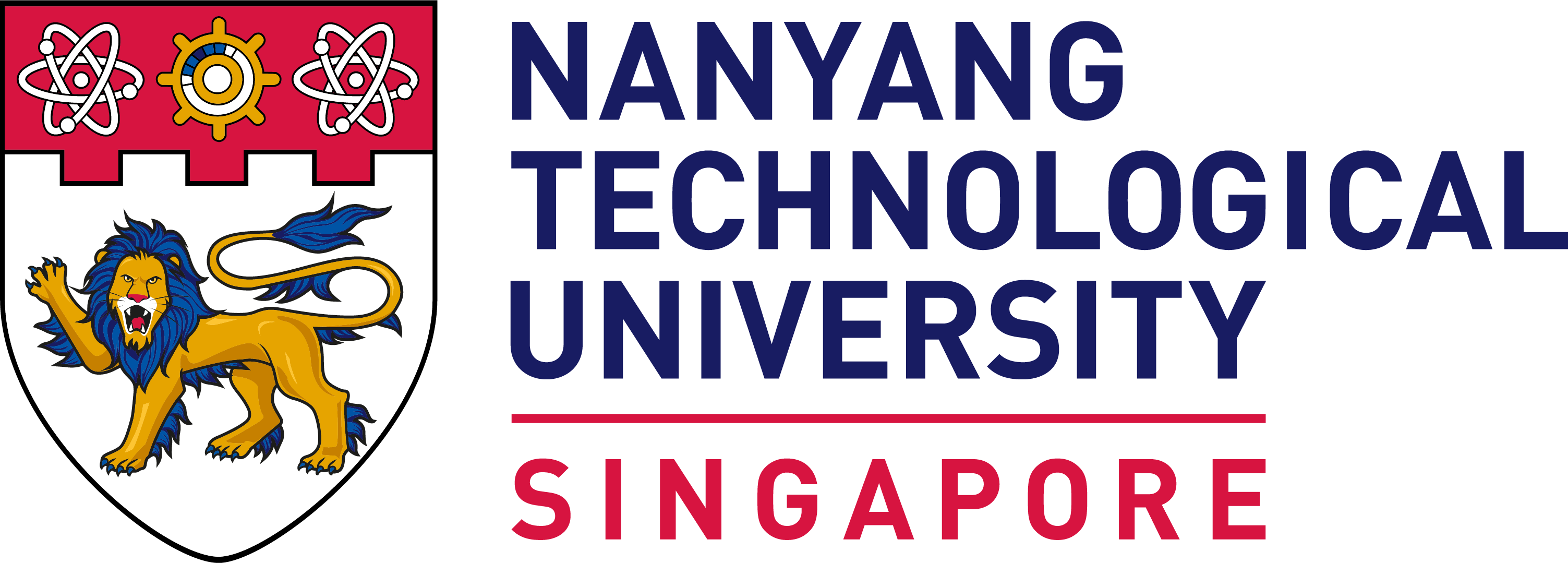Transition Metal-Catalyzed Pericyclic and Photochemical Strategies for C–C Bond Construction

Host: Asst. Prof. Nitish Govindarajan
Abstract
The ability to construct molecules through the formation of C–C bonds lies at the heart of synthetic organic chemistry. The development of novel means to affect such transformations enables access to complex molecular scaffolds in an increasingly efficient manner. In this seminar, we will explore two areas of research in transition metal-catalyzed C–C bond formation: Constructing arrays of C(sp3) stereocenters through asymmetric pericyclic reactions of chiral Pd enolates, and harnessing light energy to forge C(sp3)–C(sp3) and C(sp3)–C(sp2) bonds with Ni.
Biography
Alex is originally from North Carolina (United States), where he completed his B.S. in Chemistry at NC State University in 2018. While in Raleigh, he carried out research in synthetic organic chemistry under the guidance of Prof. Joshua Pierce. Alex then moved to Pasadena, California, obtaining his Ph.D. in Chemistry from Caltech under the supervision of Prof. Brian Stoltz. His doctoral research focused on harnessing the reactivity of fleeting catalytic intermediates to accomplish novel asymmetric organic transformations. Currently, Alex is a Ruth L. Kirschstein NIH Postdoctoral Fellow in the laboratory of Professor Abigail Doyle at the University of California Los Angeles. His current research interests are centered around exploring the application of light-driven organometallic reactivity in the context of base metal catalysis.

